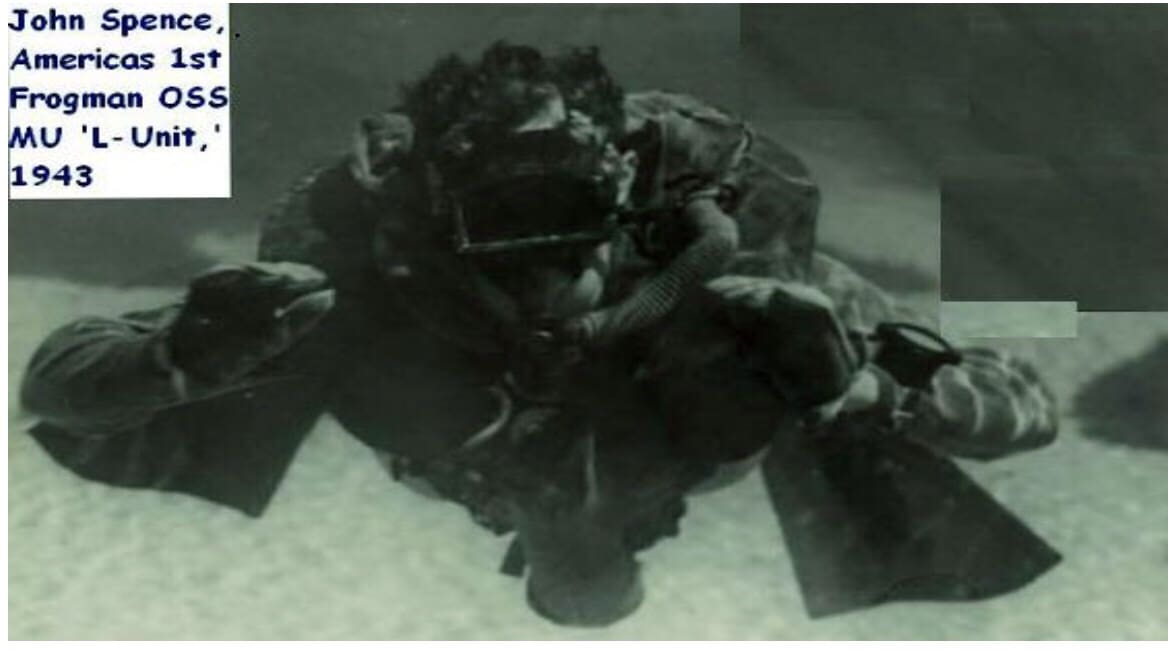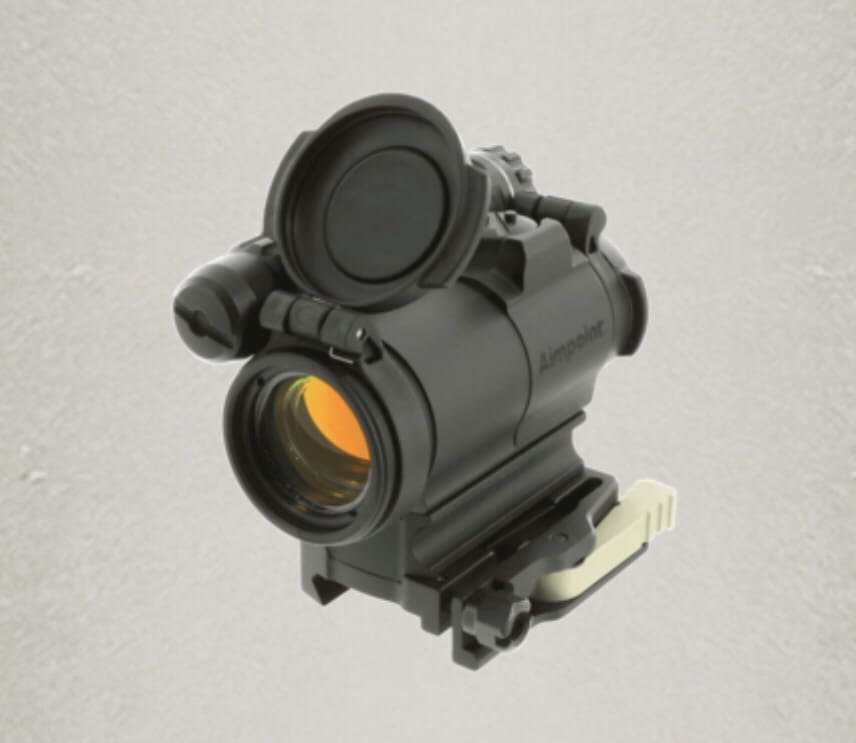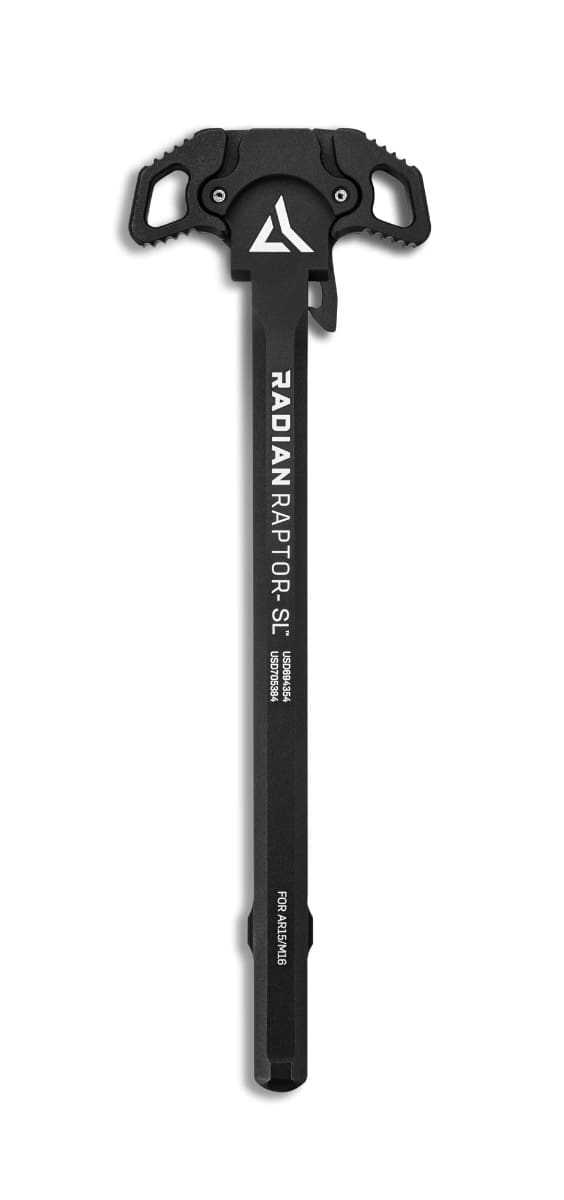
Dive mask preparation
When a SCUBA mask is made it leaves a lot of film and residue on it. If not cleaned off properly you will never get your mask to stop fogging. You can search the Internet for lots of different ways to clean your mask. I am going to walk thru one of the easiest and safest methods to do it. With some of the other methods, if not done correctly you can break your mask glass or damage your frame.
Toothpaste or Soft Scrub (without bleach)
Your first step will be to take some toothpaste (not gel) and with your finger dab some on both sides of the inside of the lenses. Rub the toothpaste thoroughly and then let it sit to dry. Try to wait an hour or two before you rinse it out; however, if you don’t have the time, just go ahead and rinse it right away; there’s a good chance it will still work. You should do this every couple of months to make sure your mask is clean. There are also commercial cleaners you can use that clean and defog.
Put your dive mask under running water to rinse out the toothpaste. You can use your fingernail or a toothbrush to get around the skirt that touches the lens. In some cases some of the toothpaste can seep under there. Make sure you get it all out.
Different ways to defog your mask before every dive
Commercial Defog
This is the type of defog you can buy at any dive shop. There are a million different types, but they are basically all the same. If you would like to go this route, making sure it is safe for the reef and environmentally friendly. This is a good practice as your face will be in there. If you are diving O2 you want it as O2 clean as possibly. Usually SCUBA divers will put this inside their mask, swish it around with their finger and then rinse and go.
SCUBACLEAR, 30CC scubapro.johnsonoutdoors.com/accessories/mask-accessories/scubaclear-30cc
Baby Shampoo and dishwashing soap
This is a very economical choice in the world of defogging your mask. Many dive boats will carry an empty plastic water bottle container with a hole in the top and fill it about a quarter full of baby shampoo and the rest water. Even just a little bit of soapy water will be enough to defog your mask. Always remember to completely rinse your mask otherwise the residue soap will sting your eyes underwater, even the baby shampoo will cause some tears if you use too much.
You can also spit into your mask. If you use spit, the mask should be completely dry. If you take off your mask in the water and then spit into it, it is very likely to become foggy during the dive. Remember – dry mask, spit, rub, rinse with water, and put on your mask.
Preventing a foggy mask even if you have defogged it.
If your face is sweaty and hot, it is a good idea to splash some cool water on it to give it a quick rinse before you put your mask on.
Before putting your choice of defog on your mask, ensure that the lens are dry.
You can apply defog to your mask anytime prior to jumping in the water; however, you should rinse the defog out only moments before jumping in. If you have rinsed it out, but then are delayed jumping in and you are not ready to put your mask on your face, leave a layer of water in your mask until you are ready.
Once you have defogged and rinsed your mask, put your mask on your face and don’t take it off. Moving your mask to your forehead, neck, or into the water basically eliminate any defogging you had just put onto your mask. Keep this in mind if you are jumping into a dive or have to wait before you get to where you will leave on your dive. For long transits to insertion points try and keep your inner mask dry, you can store it in a zip-lock bag as it is easily collapsed and store. Lastly you can always leave a little water in your mask during the dive and swish it around to help keep the fog at bay.
Summary
You should clean your mask every couple of months depending on its use. It should be kept in a clean dry place. Most masks come in boxes that are designed for you to store it in. Make sure it is dry before you store it away. Clean your mask after every use; make sure to clean around the outside edge of the mask especially the part close to your mouth. Because it is close to your mouth it can smell like food and that can attack bugs. If this happens, they will eat your mask and it will look like it is dry rotten. Most masks are made of high quality rubber and can resist dry rot. A good dive mask can last for years if taking care of properly.























































































































